Type Foundry of the Month: Wood Type Revival
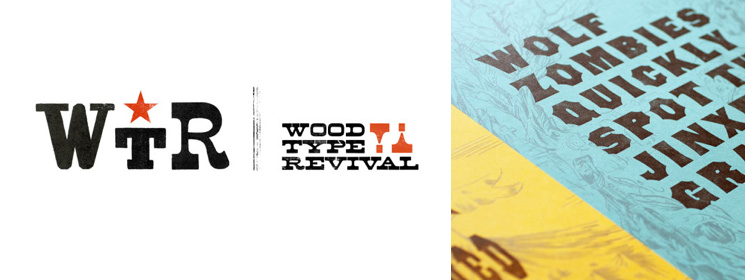
For June’s Type Foundry of the Month, we’re going off on a bit of a tangent again and not highlighting a font foundry exactly. Instead, we’re looking at the duo that created Wood Type Revival. WTR started as a Kickstarter project a few years back in 2011. It was an idea from Matt Braun and Matt Griffin of Bearded and the goal was to:
[A]cquire ten fonts of rare historic wood type representing faces that are not available in the world of digital typography. The faces will be printed on an old Vandercook proof press, scanned, and digitized as opentype fonts. Those fonts will then be for sale as digital downloads on this site.
Why is this not considered a type foundry? Well, these guys are searching for historic fonts to digitize, not creating their own unique typefaces. Rather, they’re simply finding some really great historic wood typefaces and bringing them to our fancy modern computers to be used. Most of the fonts in their portfolio date back to the 19th and early 20th centuries. Pretty cool, guys.
Meet the Fonts
There are 10 really unique and distinct fonts to choose from through WTR. It is nice to know that if you purchase one of these fonts you are guaranteed quality. Nowadays, with everyone having access to a computer, scanner, and Photoshop, there are thousands of fonts that are created in the hope of being a wood type solution, but they’re not really put together with much thought or knowledge on how typefaces should be packaged.
Here are the 10 typefaces available from WTR. (All of these images have been pulled from WTR – hats off to them for creating such wonderful fonts that are in turn being used beautifully by other designers out there.)
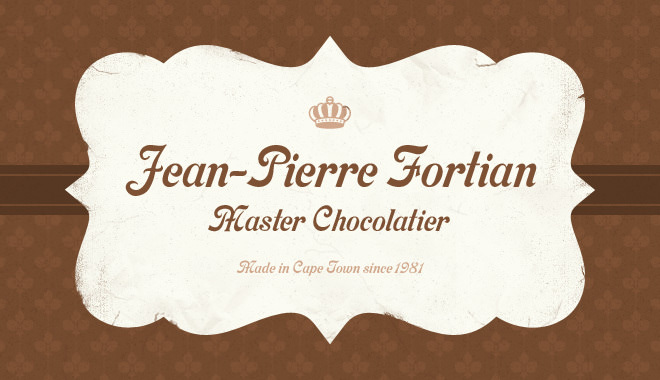
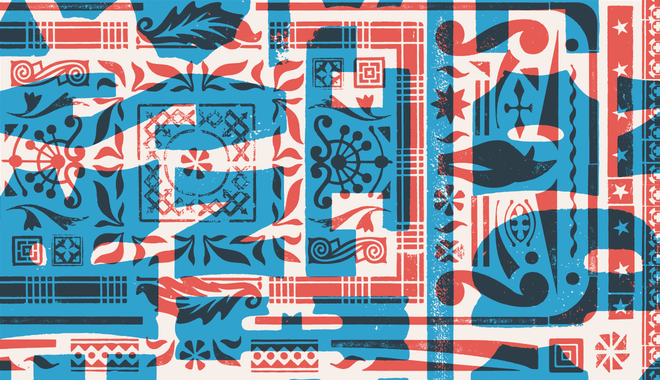
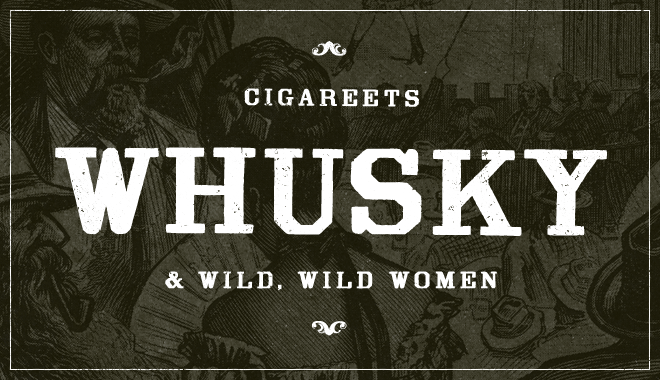
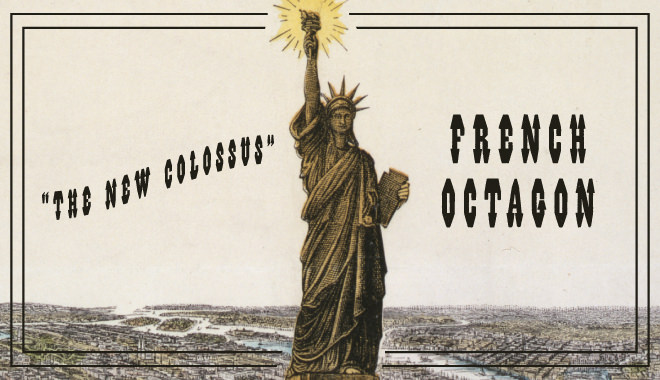
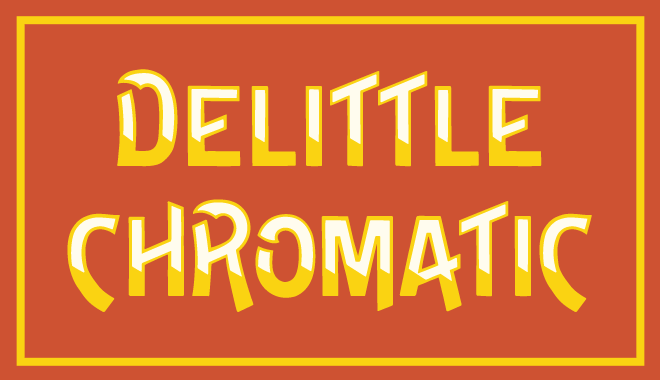
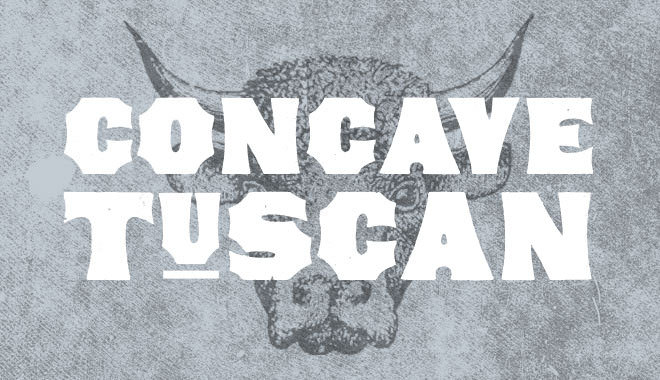
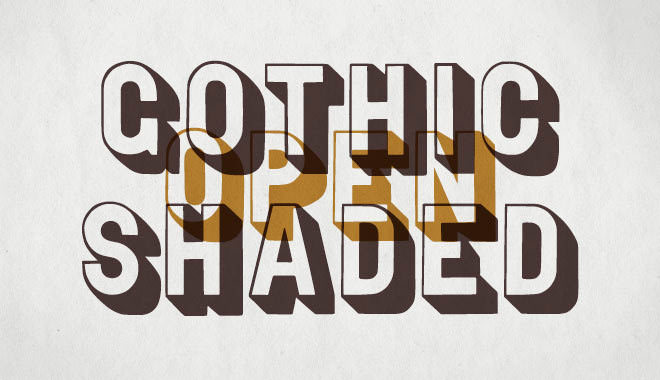
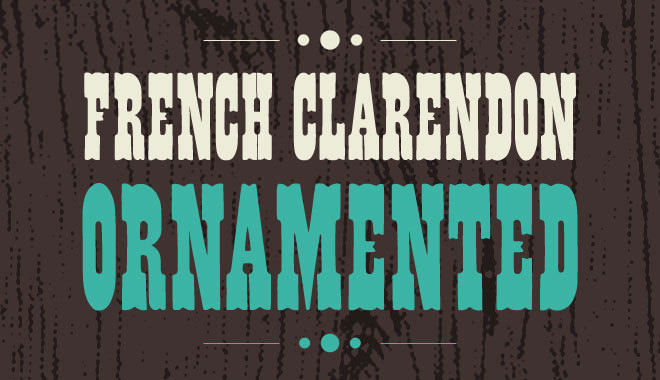
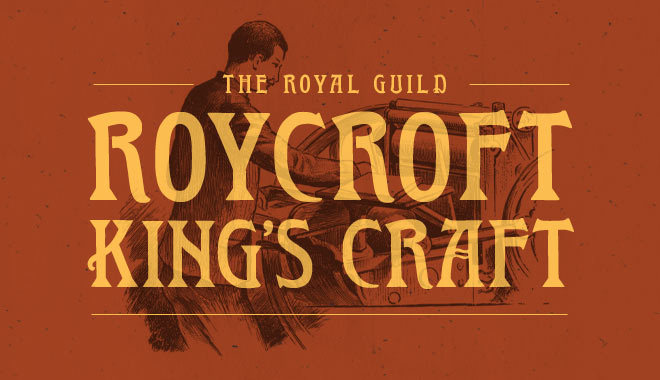
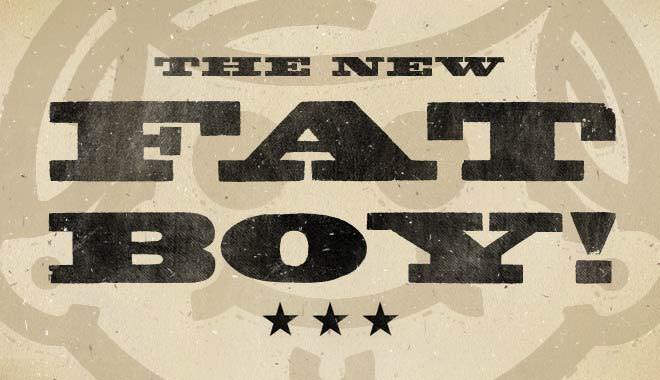
Learning from the Past
Another big reason I wanted to highlight a project like WTR is because it touches on what an exciting time we are in. First, Kickstarter made it possible for this kind of project to reach a larger community and help professionals make typefaces like these accessible on computers. When in history could this ever have been done with such a wide reach and audience? Second, it is just really freaking cool to be able to see typefaces used centuries ago coming to our screens now. The art of typography will certainly never be forgotten if we keep these historic typefaces alive. Programs like WTR will help us remember the typographers of the past who, whether we realize it or not, continually influence our work today.
